Doctor, my dust collection system still isn’t working!
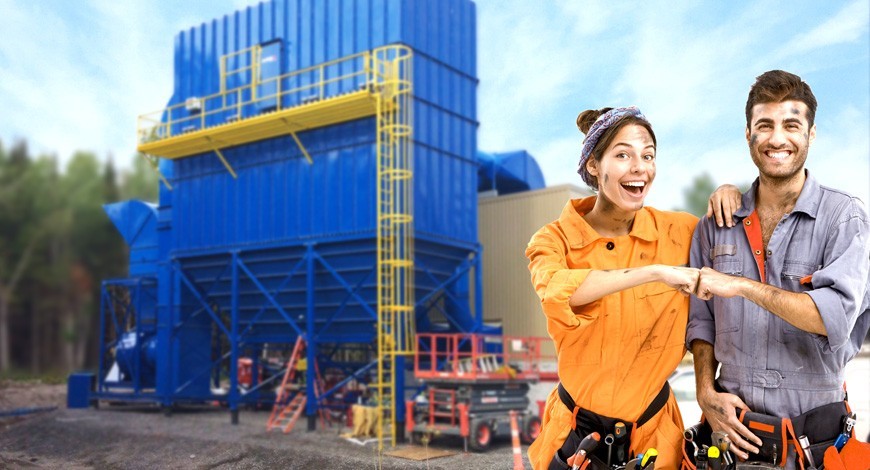
Last month, we gave you some reference points for doing a self-diagnosis of your dust collection system when the amperage is normal or high. Today, we cover low amperage. By applying these checks, you will be able to diagnose and optimize the life of your equipment.
So, here are some tips to identify the problem and avoid calling in an expert for a simple procedure.
The amperage is low
If the amperage is low and there is no (or insufficient) at-source air intake, it means that the volume of air passing through the fan is lower than normal. It’s like putting your hand over a vacuum hose. You hear a high-pitched noise from the fan, which is spinning in a void. Since there’s not enough resistance, the amperage drops and you lose intake efficiency.
Check whether the self-cleaning system is working properly
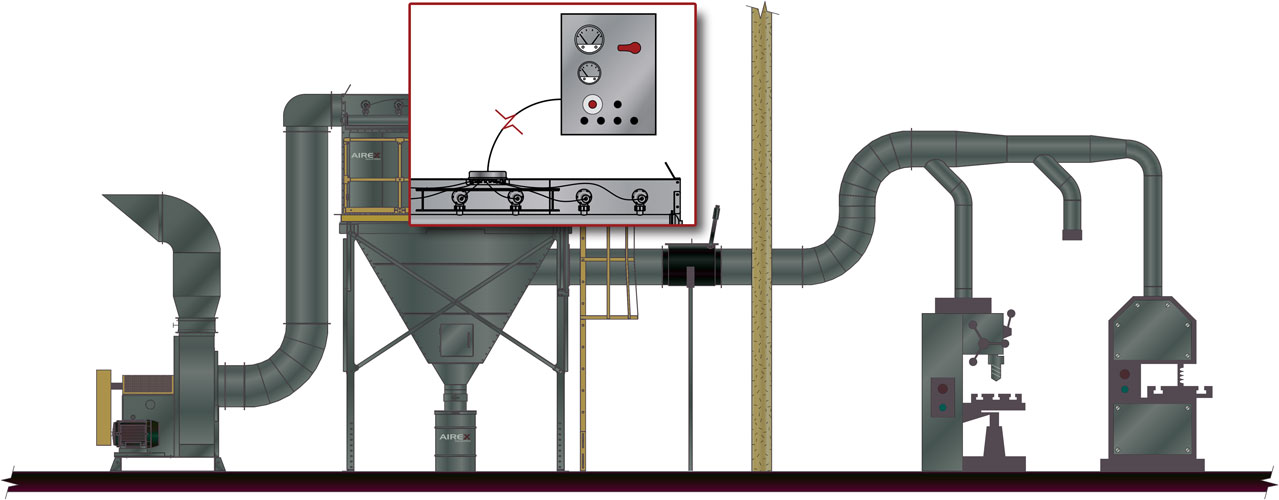
Your dust collector is equipped with a declogging system that removes built-up dust from the filters. A pressure gauge calculates the difference in pressure between the clean and dirty areas of the dust collector. The gauge sends the information to the control panel. The declogging sequence is triggered when the setpoint programmed is reached.
The differential pressure setpoint may be too high for the type of dust in your process. In that case, the filters get clogged up, allow less air to pass through, the differential pressure increases, and the fan’s amperage drops.
How do you know if your self-cleaning system is doing it’s job? When the sequence starts, it produces a noise similar to a gunshot. If you don’t hear it after a few minutes, it’s probably because the sequence isn’t calibrated optimally.
By changing the programmed setpoint, you will prevent the filters from clogging, which will likely solve the problem. Alert: it’s important to not alter the pressure of the air jets; that can damage the filters. If you hear the air pulses, go through the next tip.
If you hear the pulses from the self-cleaning system, check the differential pressure.

Check your dust collection system’s pressure gauge for the pressure difference between the clean and dirty sections.
- If the differential pressure is low, that’s normal when your filters are clean or new. However, if the reading is very low, but the filters aren’t new, there is a problem. In that case, the air-capture hose of the reader on the dirty side may be blocked. So, it no longer sends pressure to the pressure gauge, and the reading is low. In that case, replace or clean the pressure gauge hose. The differential pressure should then increase.
- If the differential pressure is high, your filters are probably dirty or clogged. Change them!
If the filters are not clogged, look for a restriction elsewhere in the ductwork.

Check for a clogged duct. Is there a build-up of debris in the ductwork, such as screws, bolts, pieces of wood, or dust? If you find a blockage, remove it. In that case, investigate in order to find the cause. Are employees tossing debris into the capture points? Have you connected too many devices to the network? Have you made any changes to your system? Without taking action, the situation could arise again.
If there are no restrictions in the ductwork, the problem may be coming from the fan

If there is no build-up of dust and debris in your ducts, check the belt system connected to the fan motor and shaft. The belt tension may not be sufficient. If the belts aren’t tight enough, they slip and the fan therefore runs slower. Since there is less resistance, the motor is not working as hard and the amperage drops (like a bike with a slipping chain). In that case, all that’s need is maintenance to re-adjust or replace them.
Did you perform the self-diagnosis without finding the source of the problem?
You will then need an Airex specialist to do further testing. With our in-depth knowledge of dust collection systems, we will be able to help you find effective solutions, without necessarily replacing all your equipment.
Like any good doctor, we have more than one remedy to suggest! A practice that can make a difference in your budget. Bear in mind that changes to the system must be made by a professional. Otherwise, you risk throwing it off balance and reducing its effectiveness.
We’re always ready to help you, just let us know!
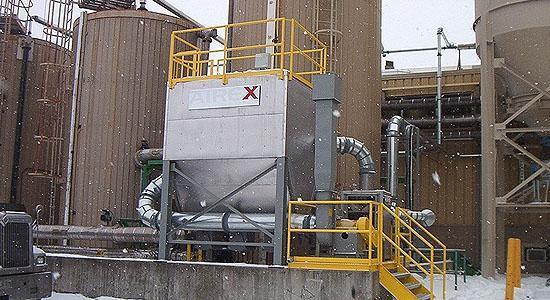
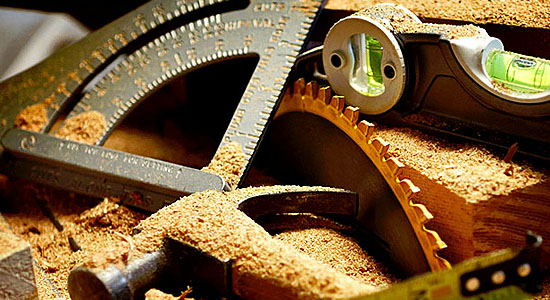

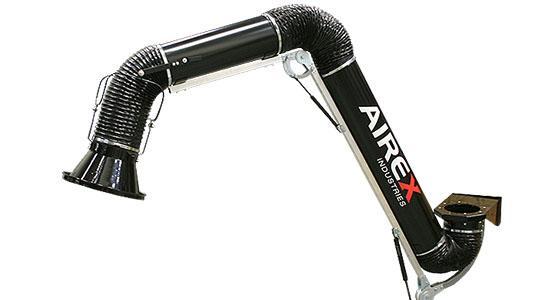
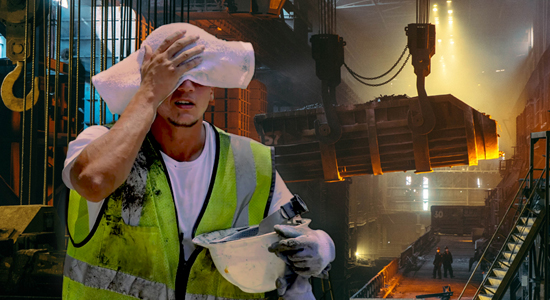
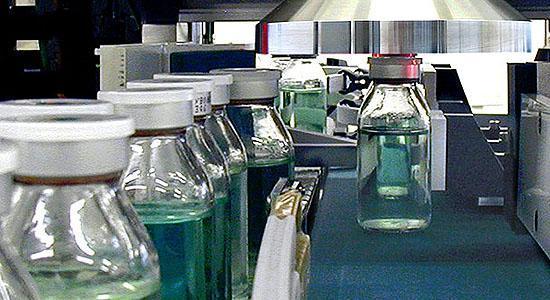
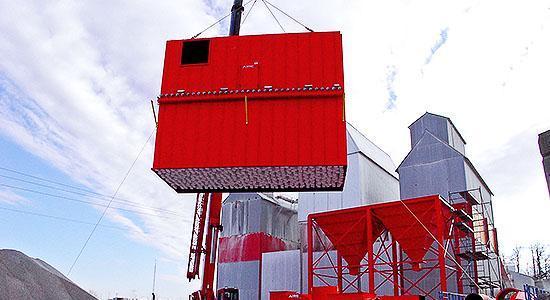
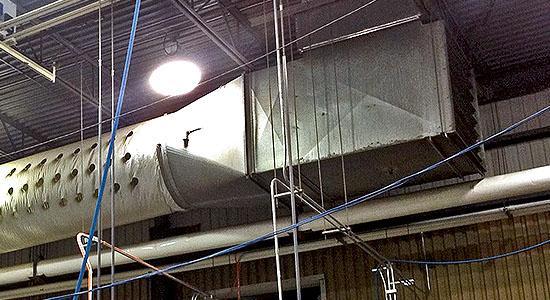

 Not sure what product fits your needs, or you looking for advice about the best solution for your problem?
Not sure what product fits your needs, or you looking for advice about the best solution for your problem?